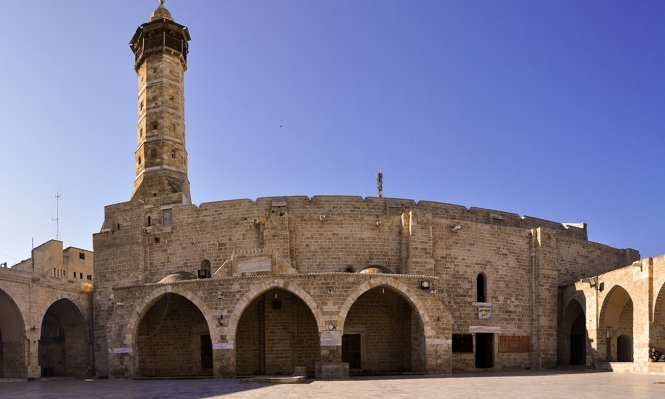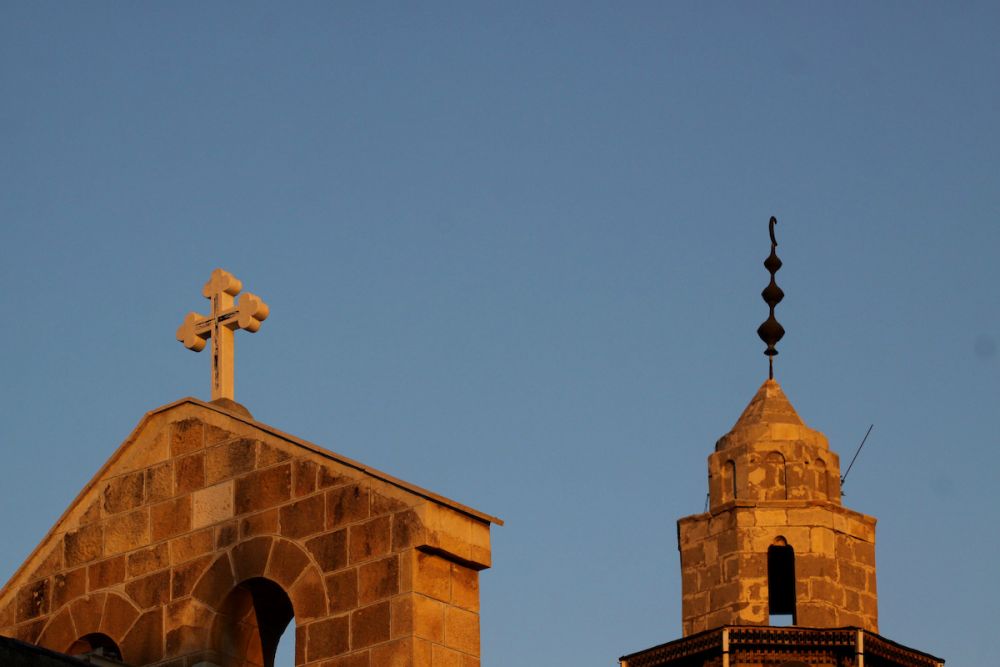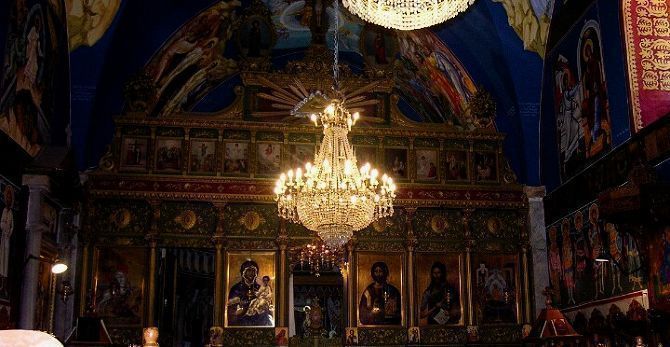The most important historical landmarks in Gaza أهم المعالم التاريخية في غزة

Al-Omari Mosque:
is one of the largest and oldest mosques in Gaza City. It was named after Al-Amri Mosque in relation to Omar Ibn Al-Khattab and Al-Kubair because it is the largest mosque in Gaza.
The site of the mosque was a temple and was converted during the Byzantine period to a church in the fifth century AD After the Islamic conquests converted by Muslims to a mosque, but in 1033 an earthquake hit the area where the mosque, which led to the fall of the minaret of the Great Mosque of Omari.
What distinguishes the mosque is that it contains an old library where there are many manuscripts in various sciences and arts. The establishment of this library is credited to the appearance of Baybars. The library contains 132 manuscripts dating back to the year 920 AH.

المسجد العمري الكبير:
أحد أكبر وأعرق المساجد في مدينة غزة وقد سمي بالمسجد العمري نسبة إلى عمر بن الخطاب والكبير لأنه أكبر مسجد في غزة، وقد كان موقع المسجد قديما عبارة عن معبد وتم تحويله في عهد البيزنطيين إلى كنيسة في القرن الخامس الميلادي وبعد الفتوحات الاسلامية حوله المسلمون إلى مسجد، لكن في العام 1033م ضرب زلزال المنطقة الموجود بها المسجد مما أدى إلى سقوط مئذنة الجامع العمري الكبير.
وما يميز المسجد هو احتوائه على مكتبة قديمة يوجد فيها الكثير من المخطوطات في العلوم والفنون المختلفة ويعود الفضل في إنشاء هذه المكتبة إلى الظاهر بيبرس، فيما تحتوي المكتبة على 132 مخطوطة يعود تاريخ نسخ أقدمها إلى سنة 920 هجري.

Mosque State Writer:
It is located in the Zeitoun neighborhood of Gaza and dates back to the Mamluk era, but its western additions date back to the Ottoman era. It was introduced by Ahmad Bey, the writer of the state in 995 AH,
That's why the mosque was called the "state clerk".
One of the most important features of this mosque is that its minaret is adjacent to the bell of the Roman Orthodox Church.

مسجد كاتب الولاية:
يقع بالتحديد في حي الزيتون في غزة ويعود إنشاؤه إلى العصر المملوكي لكن الإضافات الغربية الموجودة فيه تعود للعصر العثماني والتي استحدثها أحمد بك كاتب الولاية سنة 995 هجري،
لهذا السبب سمي المسجد "كاتب الولاية".
ومن أهم مميزات هذا المسجد هو تجاور مئذنته مع جرس كنيسة الروم الارثوذكش.

Greek Orthodox Church:
The church is located in the Zeitoun neighborhood next to the mosque of the state clerk, and dates back to the fifth century AD, but the current structure of the church dates back to the 12 th century AD.
What distinguishes this church is its huge walls and its magnificent marble and granite columns.
The church was renovated in 1856 and in one corner there is the tomb of St. Pervarius, who died in 420 AD.

كنيسة الروم الأرثوذكس:
تقع الكنيسة في حي الزيتون بجوار مسجد كاتب الولاية، ويرجع تاريخ إنشائها إلى القرن الخامس الميلادي لكن البناء الحالي للكنيسة فهو يعود للقرن 12 الميلادي.
وما يميز هذه الكنيسة جدرانها الضخمة وأعمدتها الرخامية والجرانيتية الرائعة.
تم تجديد الكنيسة عام 1856 وفي إحدى زواياها يوجد قبر القديس برفيريوس الذي توفى سنة 420م.
I love history! thanks for sharing.